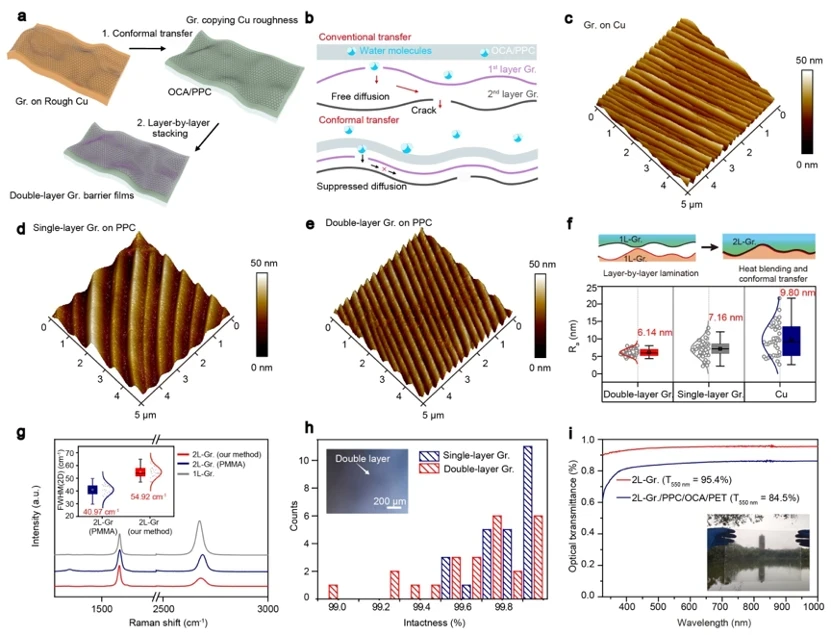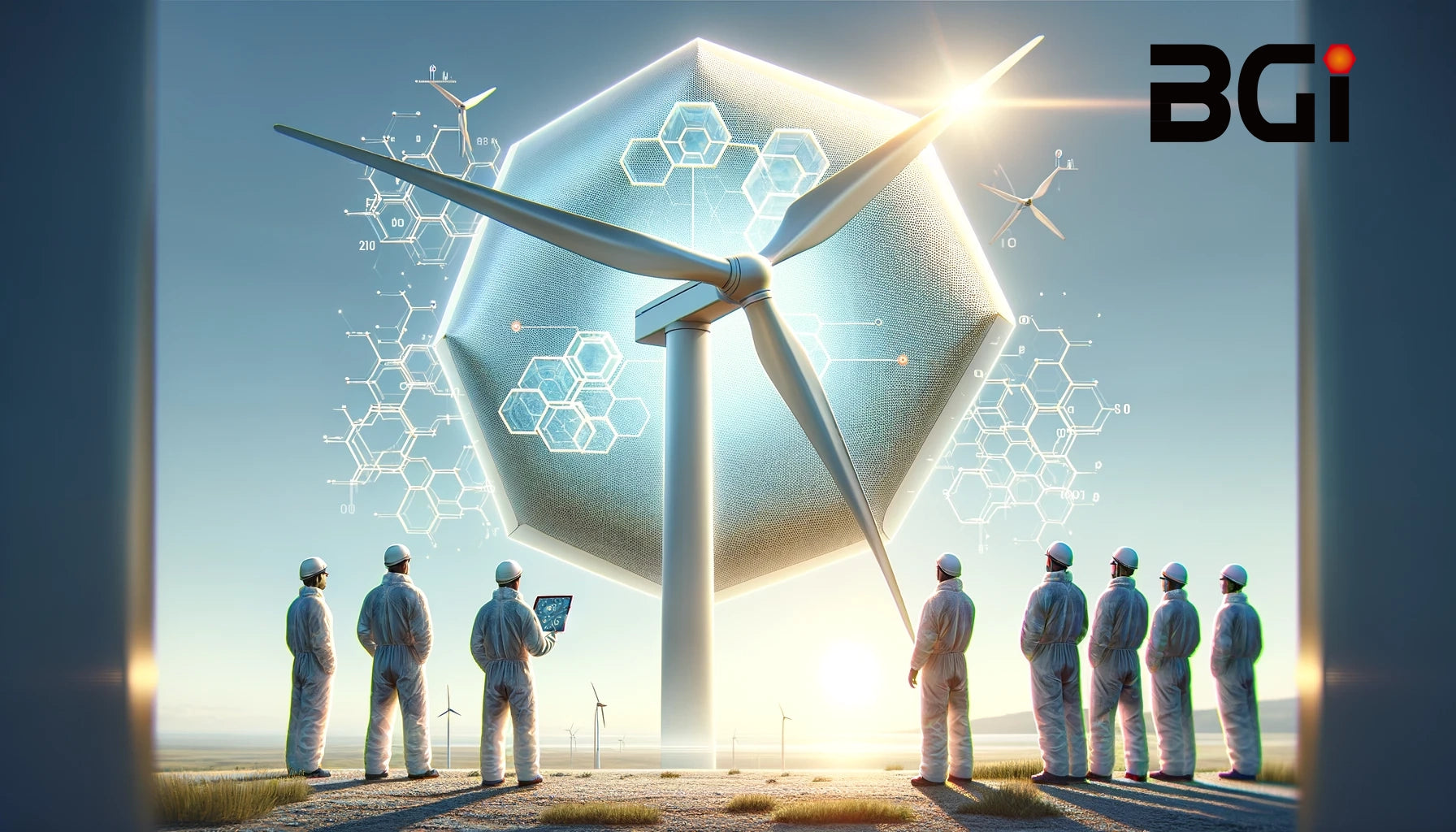In an era where the advancement of electronic devices like smart displays and flexible wearables is surging, the unveiling of a pioneering graphene-based technology marks a significant milestone in the quest for superior protective materials. The collaborative brilliance of Academician Zhongfan Liu's and Researcher Li Lin's teams at Beijing Graphene Institute (BGI), along with Soochow University’s Professor Wanjian Yin’s group, has set a new standard in the development of water and oxygen barrier films, tailored to safeguard organic optoelectronic devices against the degrading effects of moisture and oxygen.
Their groundbreaking research has successfully led to the large-scale fabrication of graphene barrier films capable of extending the longevity and enhancing the reliability of organic photovoltaics (OPVs) and organic light-emitting devices (OLEDs). These devices, celebrated for their vast area, flexibility, and transparency, find their Achilles' heel in their vulnerability to environmental factors, a challenge now addressed by the researchers' innovative approach.
The team’s expertise in chemical vapor deposition (CVD) technology has facilitated the production of A3 and A4 size graphene films that promise an unprecedented level of protection. The essence of their breakthrough lies in the strategic engineering of multilayer graphene structures through a conformal transfer technique, which optimizes the graphene layers’ spacing to significantly boost the barrier properties.
This research has culminated in the creation of a double-layer graphene film with exceptional water and oxygen barrier capabilities, a feat detailed in their publication in Nano Letters. The insights provided by their study illuminate the intricate mechanisms of moisture permeation in graphene films and pave the way for the industrial-scale production of high-efficiency graphene barrier membranes.

As we stand on the brink of a new era in electronic device manufacturing, the contributions of these researchers illuminate a path forward, ensuring that the next generation of organic electronic devices will be more durable and reliable. This advancement in graphene barrier technology heralds a new chapter in our pursuit of innovation, promising a future where electronic devices can maintain their integrity and performance, even in the most challenging environmental conditions.





Leave a comment
All comments are moderated before being published.
This site is protected by hCaptcha and the hCaptcha Privacy Policy and Terms of Service apply.